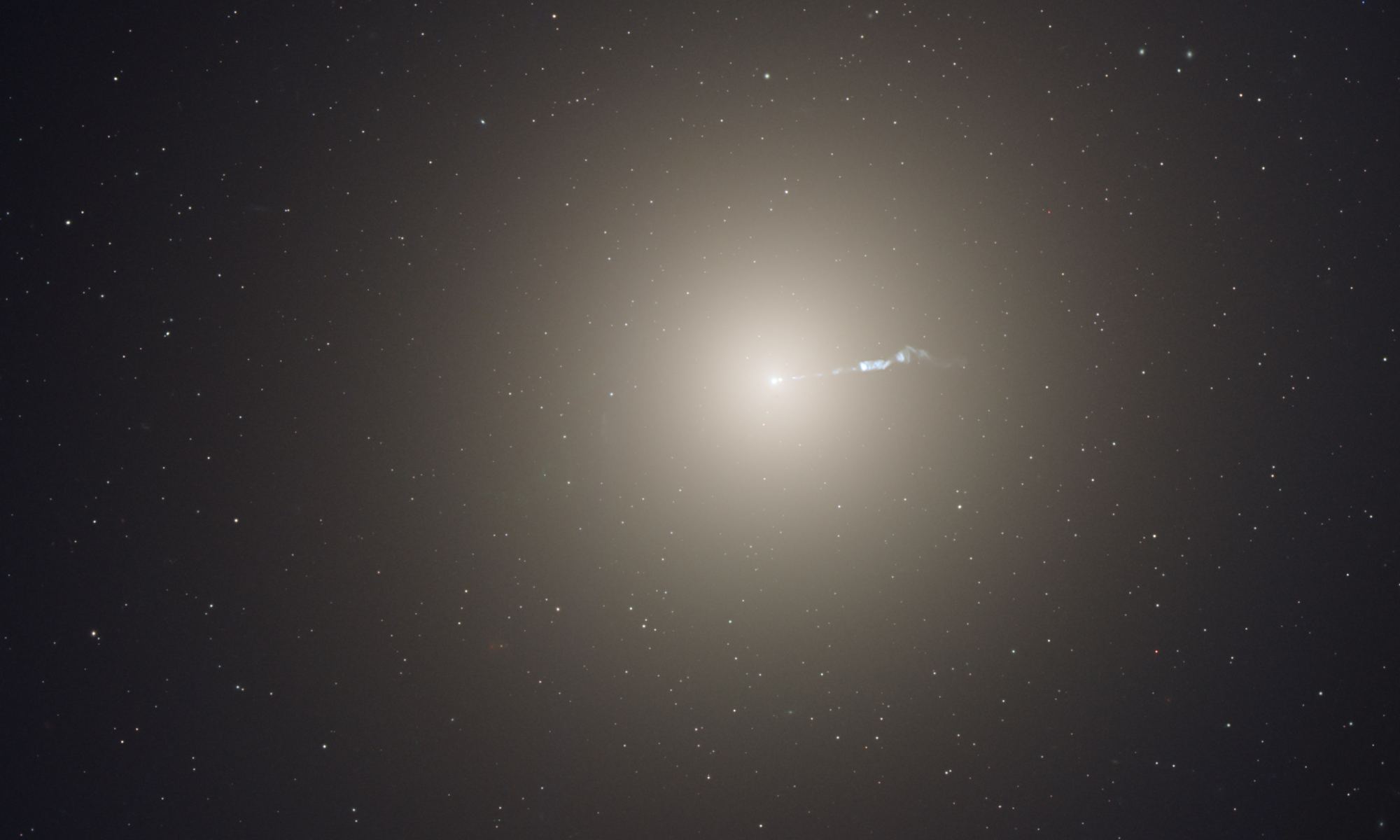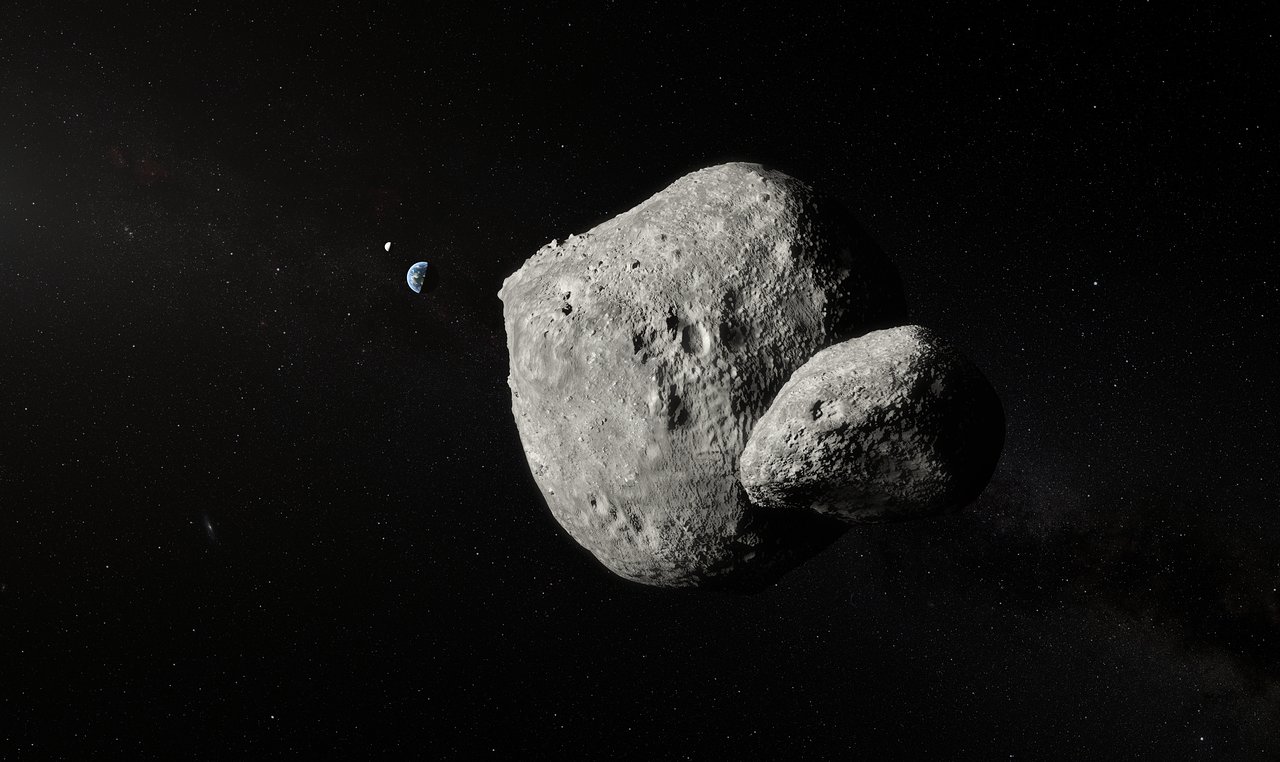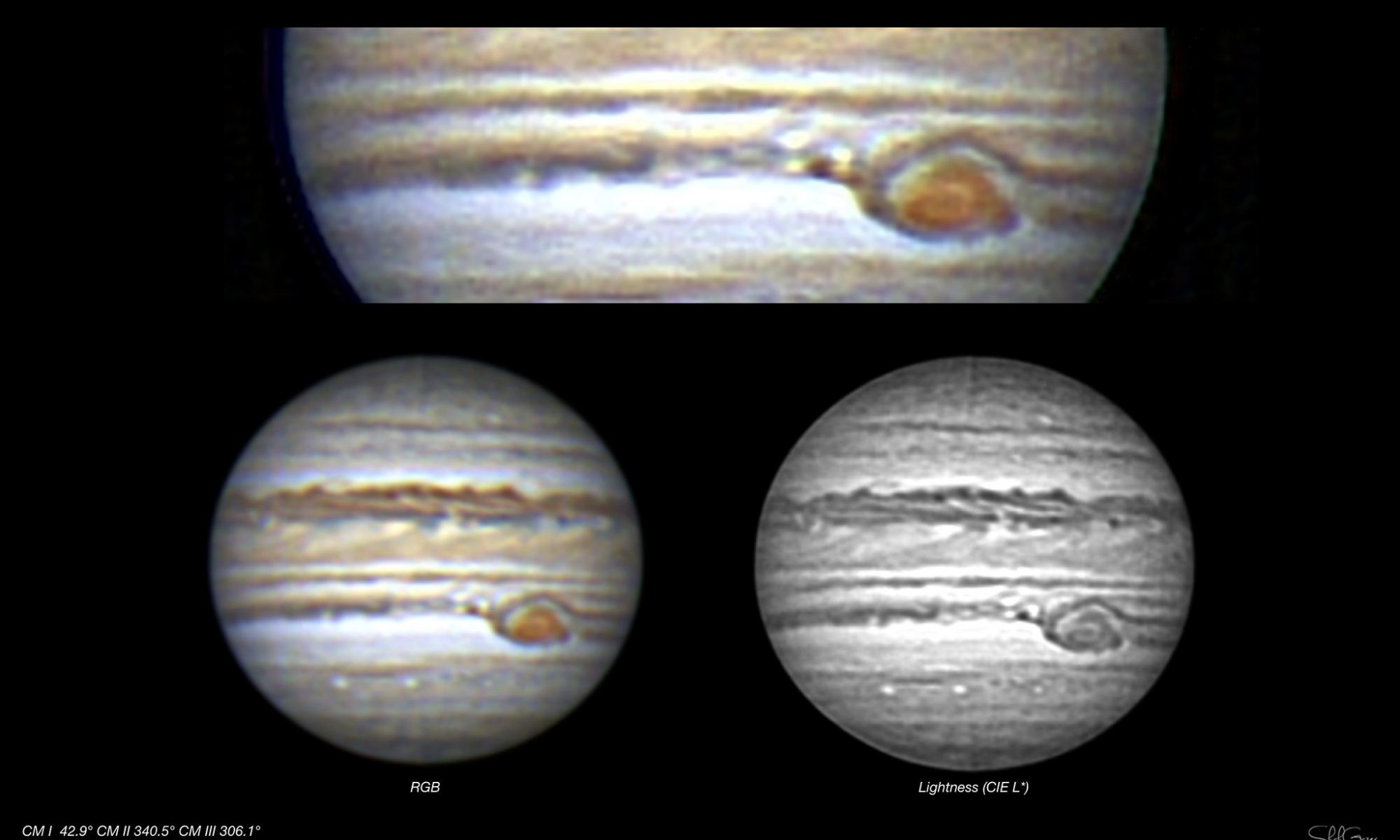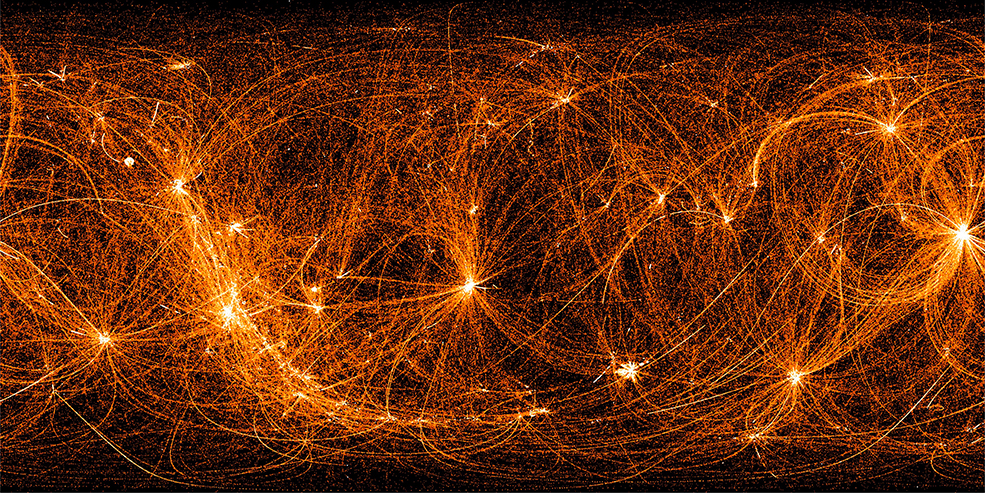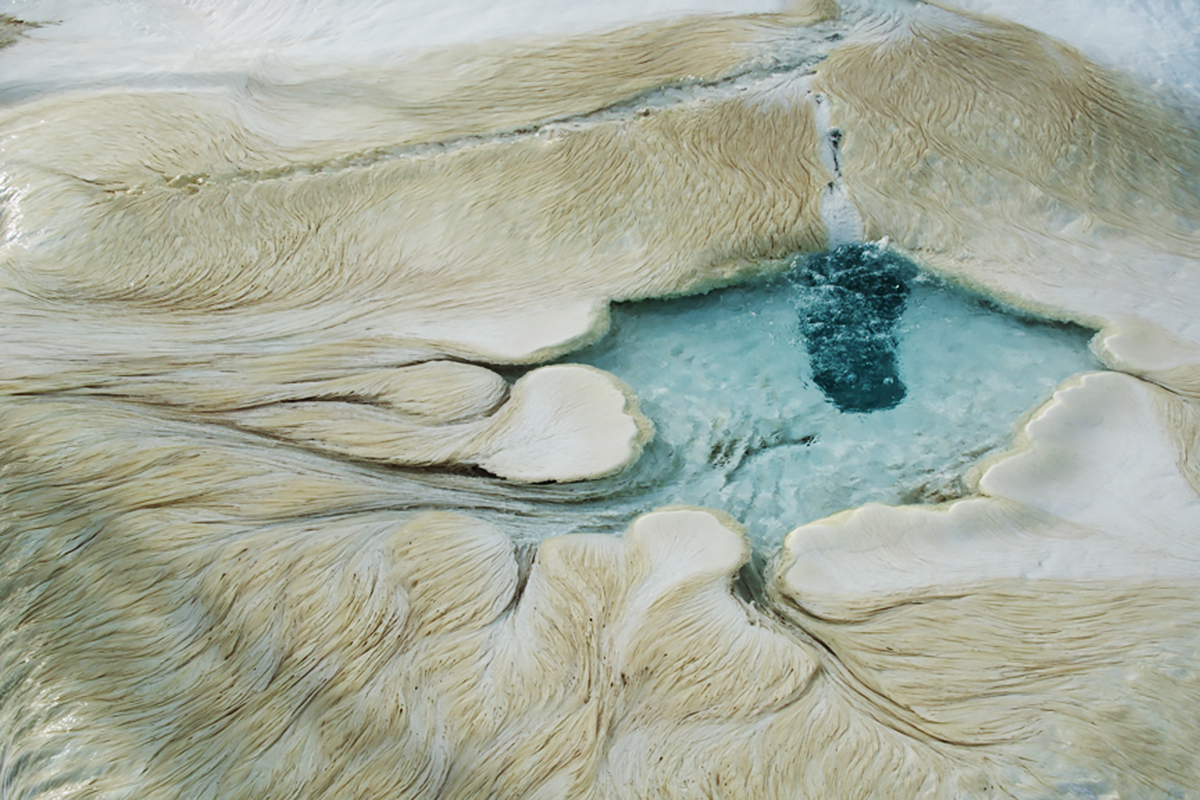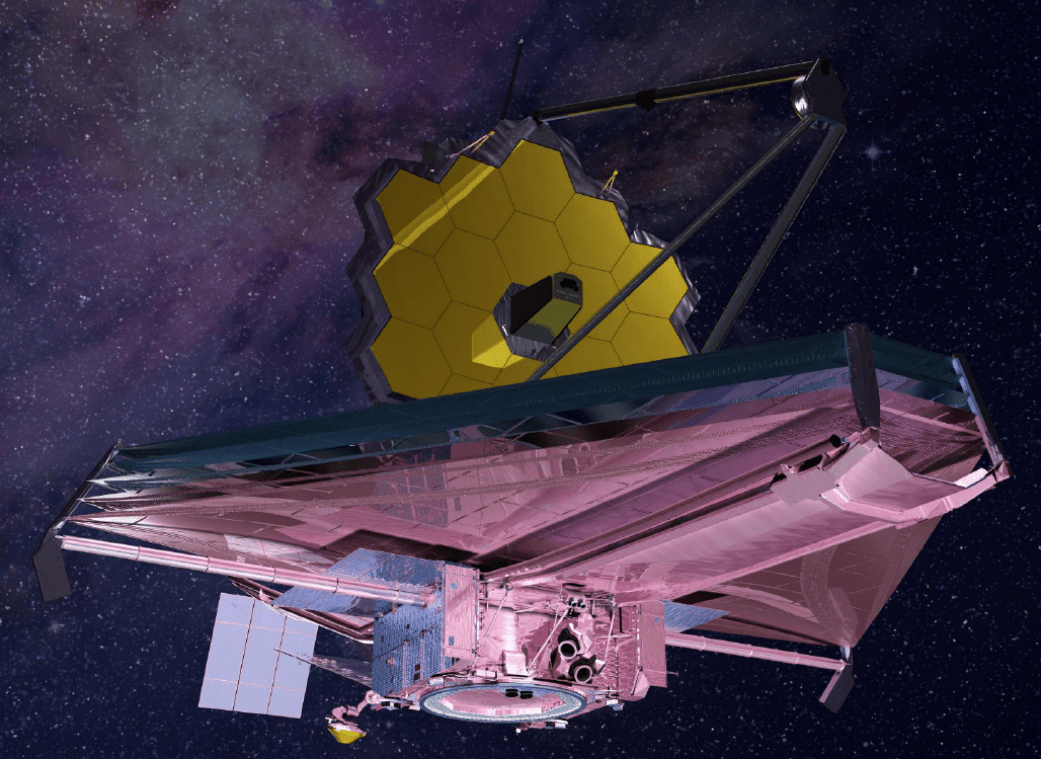In 2008, scientists from Oxford and Aberdeen University made a startling discovery in the northwest of Scotland. Near the village of Ullapool, which sits on the coast opposite the Outer Hebrides, they found a debris deposit created by an ancient meteor impact dated to 1.2 billion years ago. The thickness and extent of the debris suggested that the meteor measured 1 km (0.62 mi) in diameter and took place near to the coas
Until recently, the precise location of the impact remained a mystery to scientists. But in a paper that recently appeared in the Journal of the Geological


